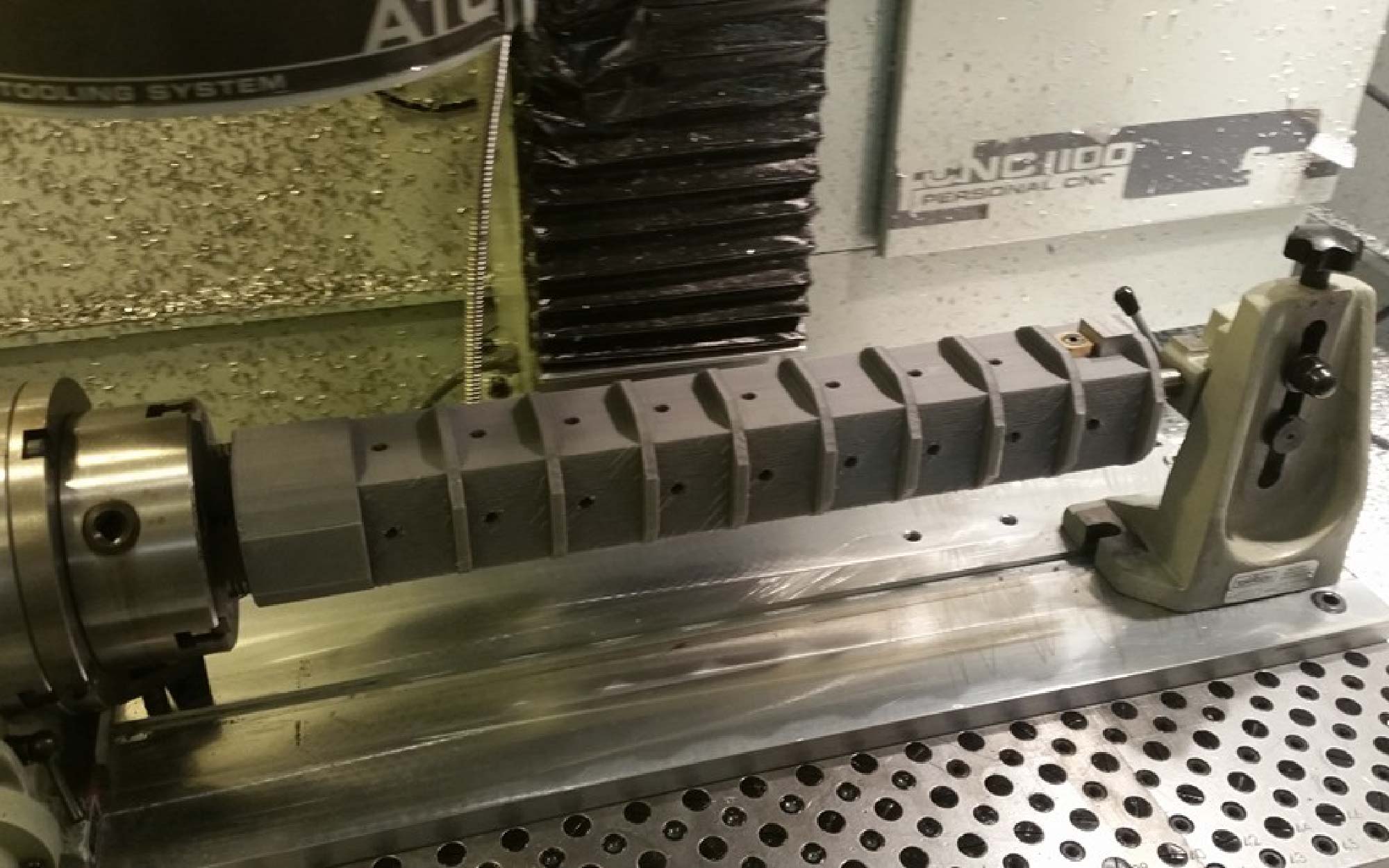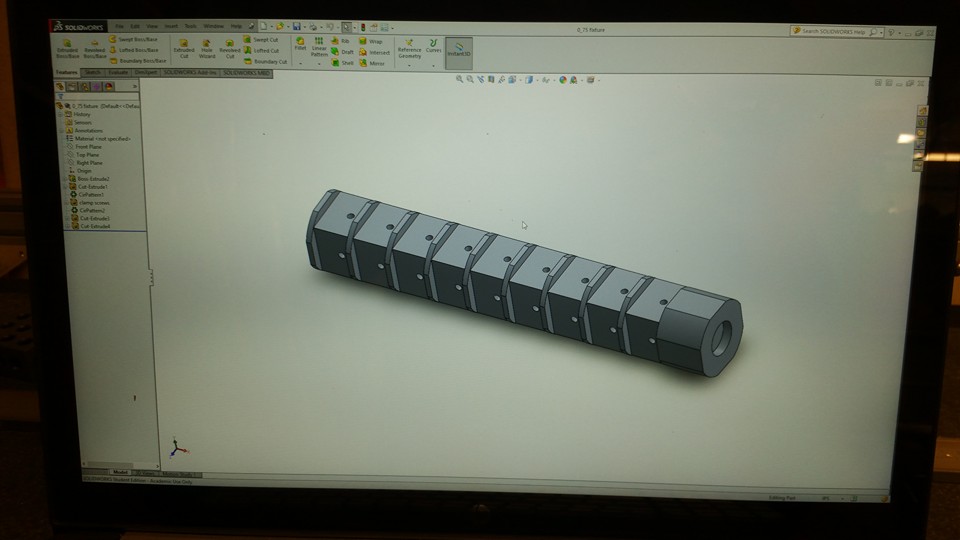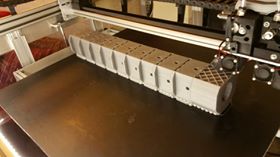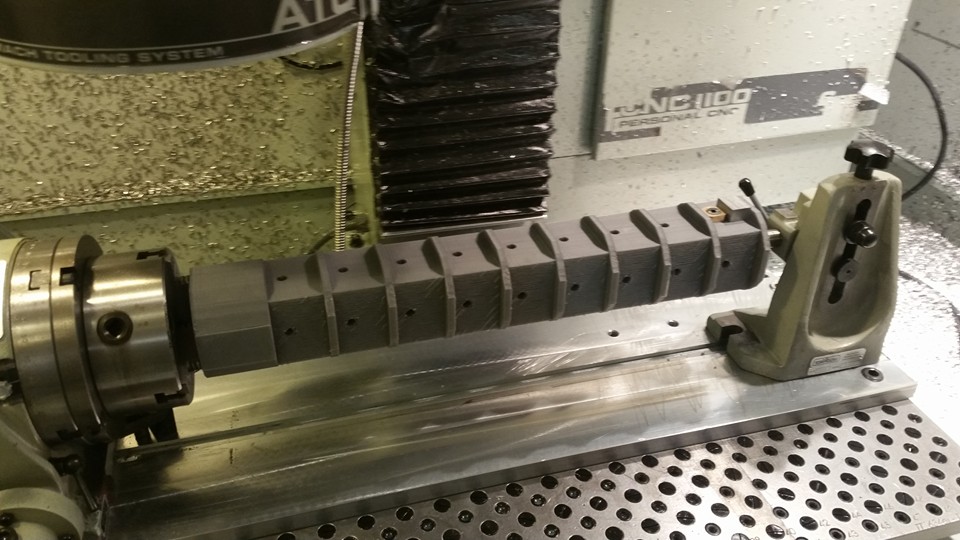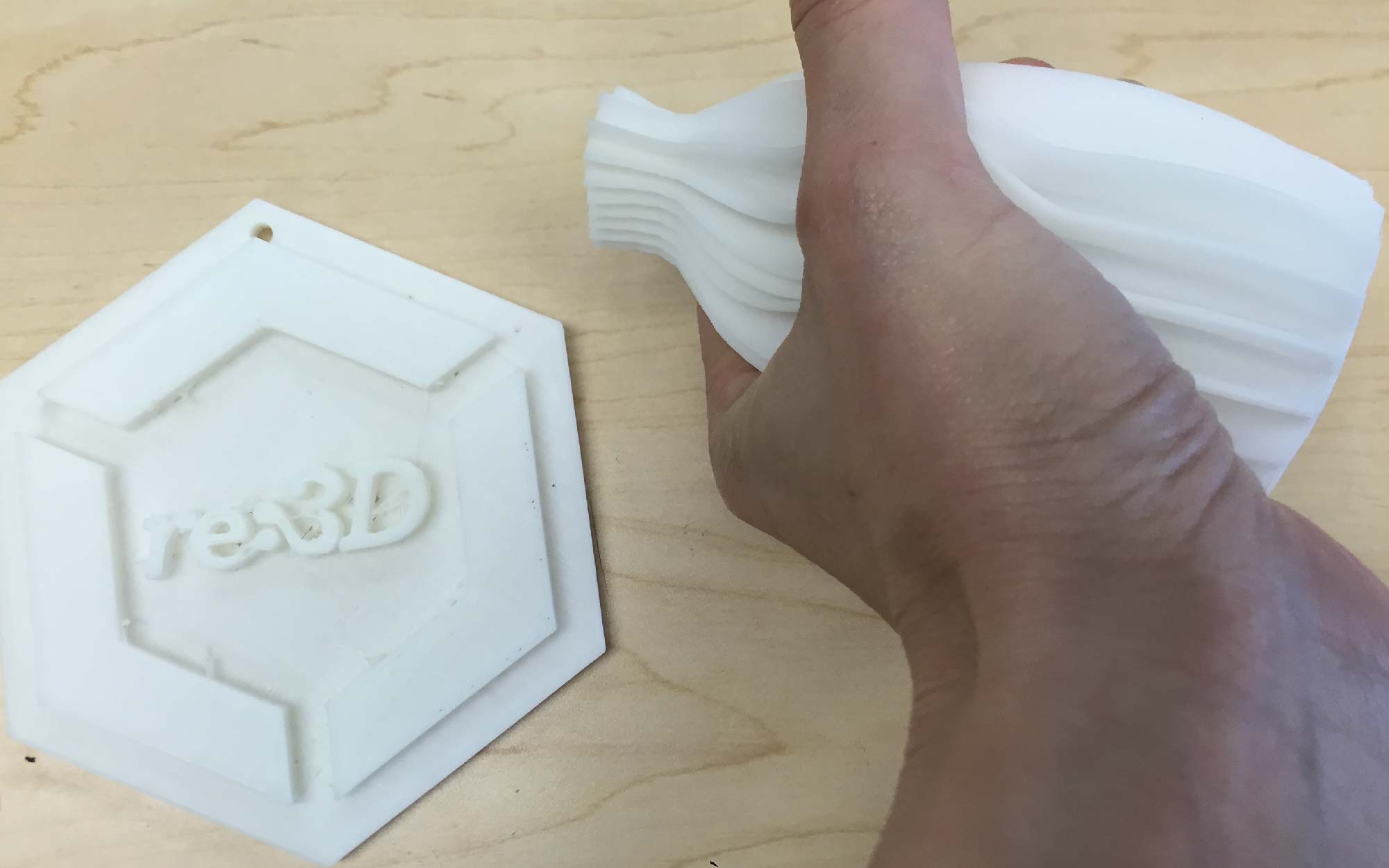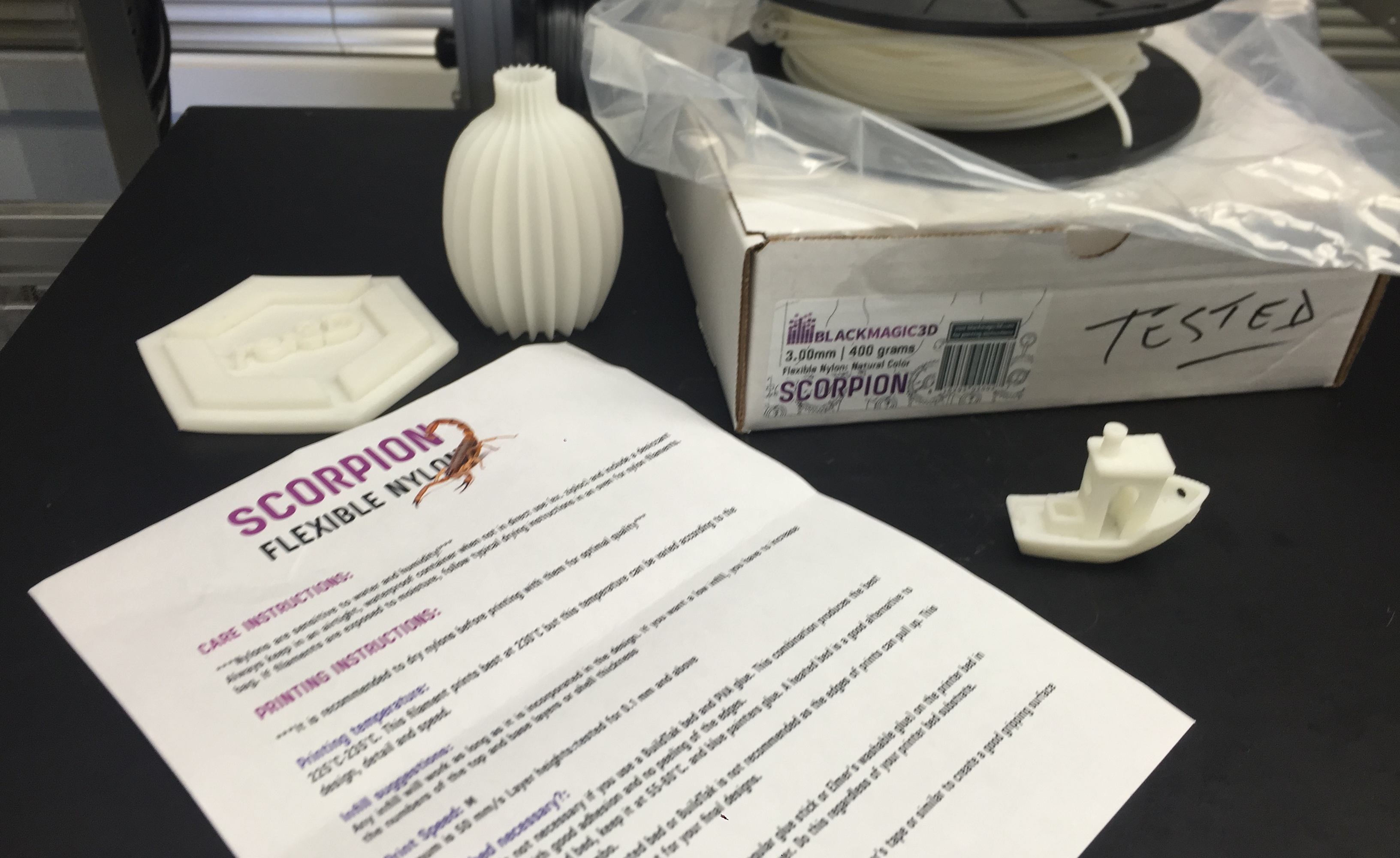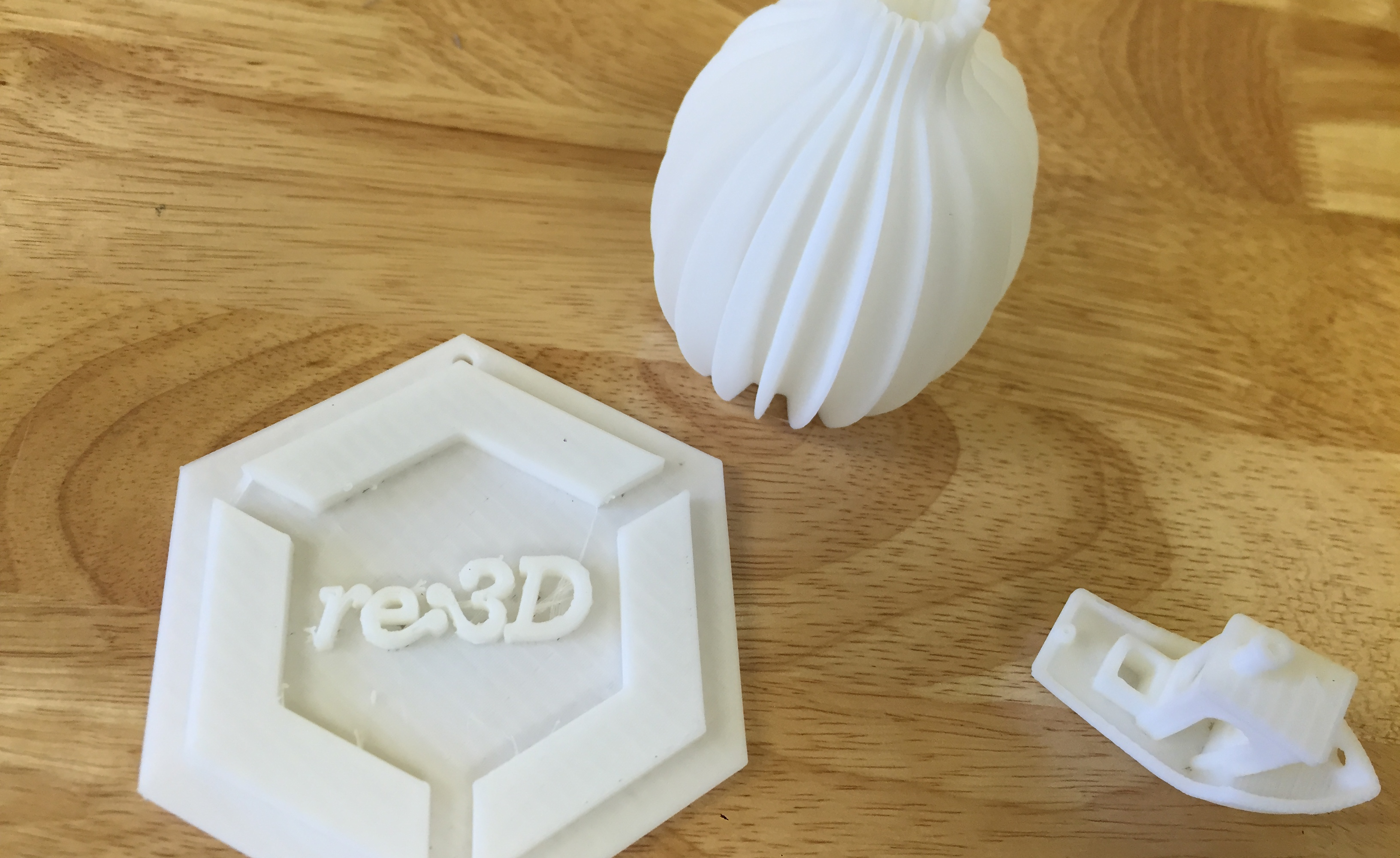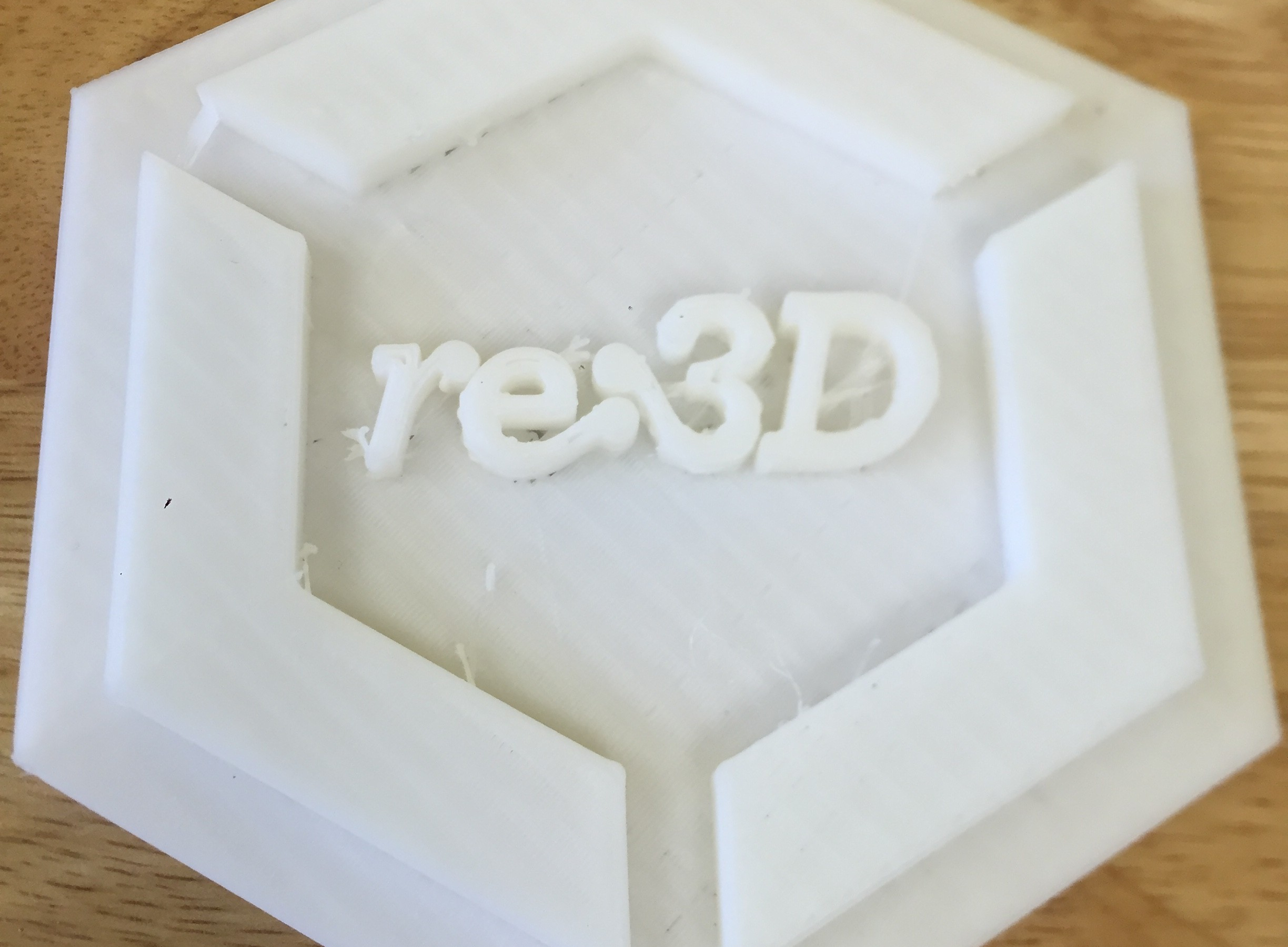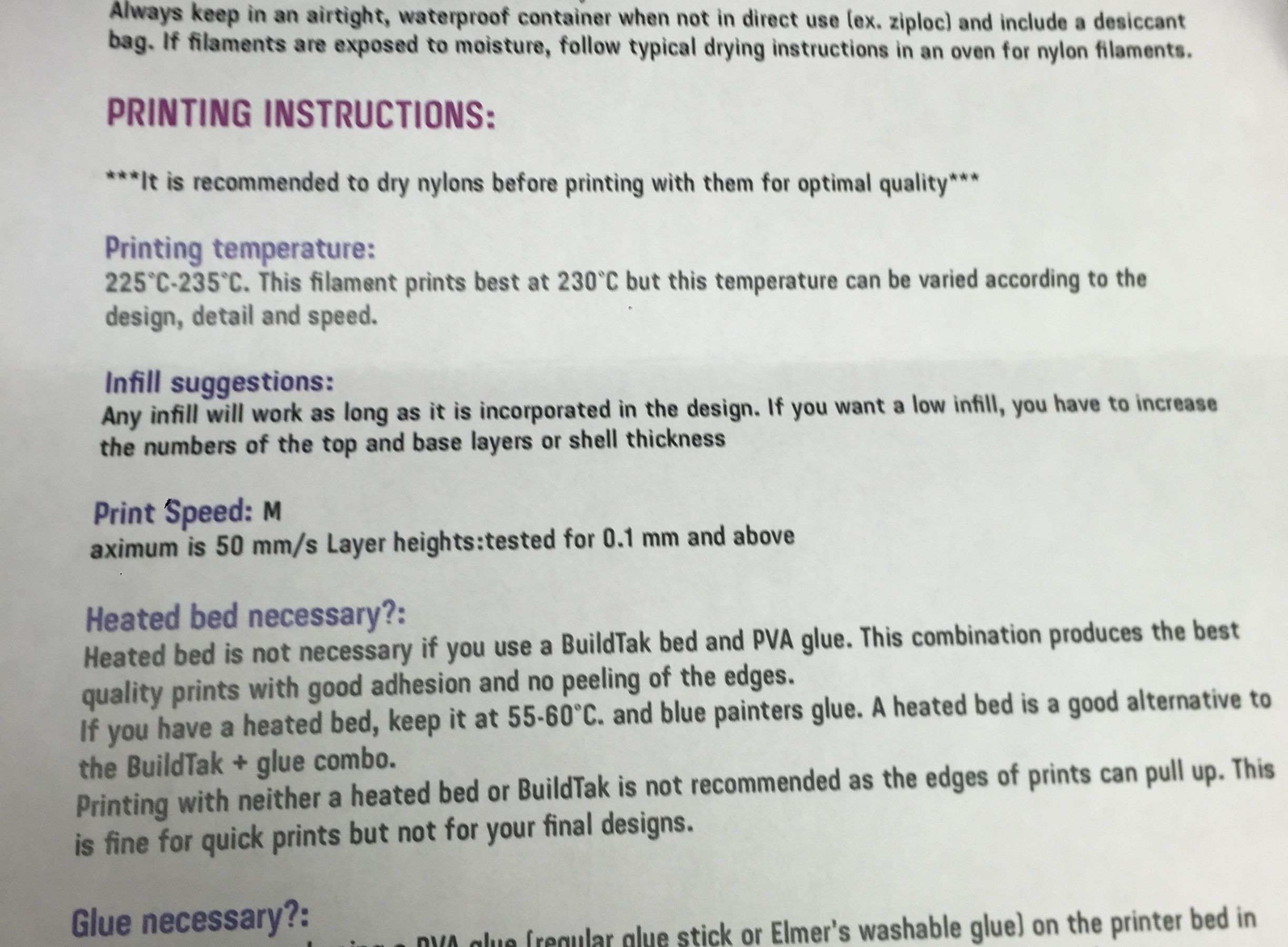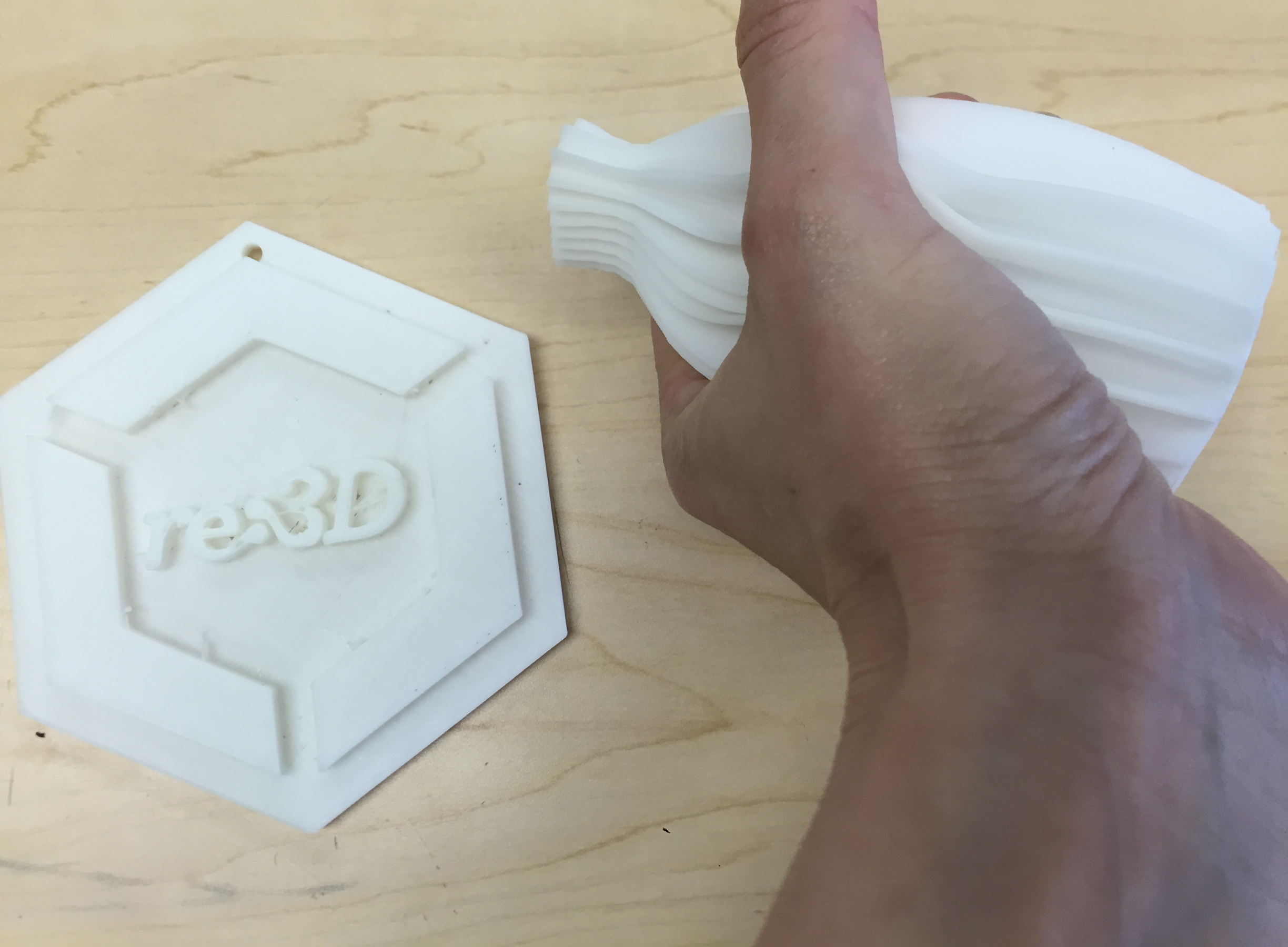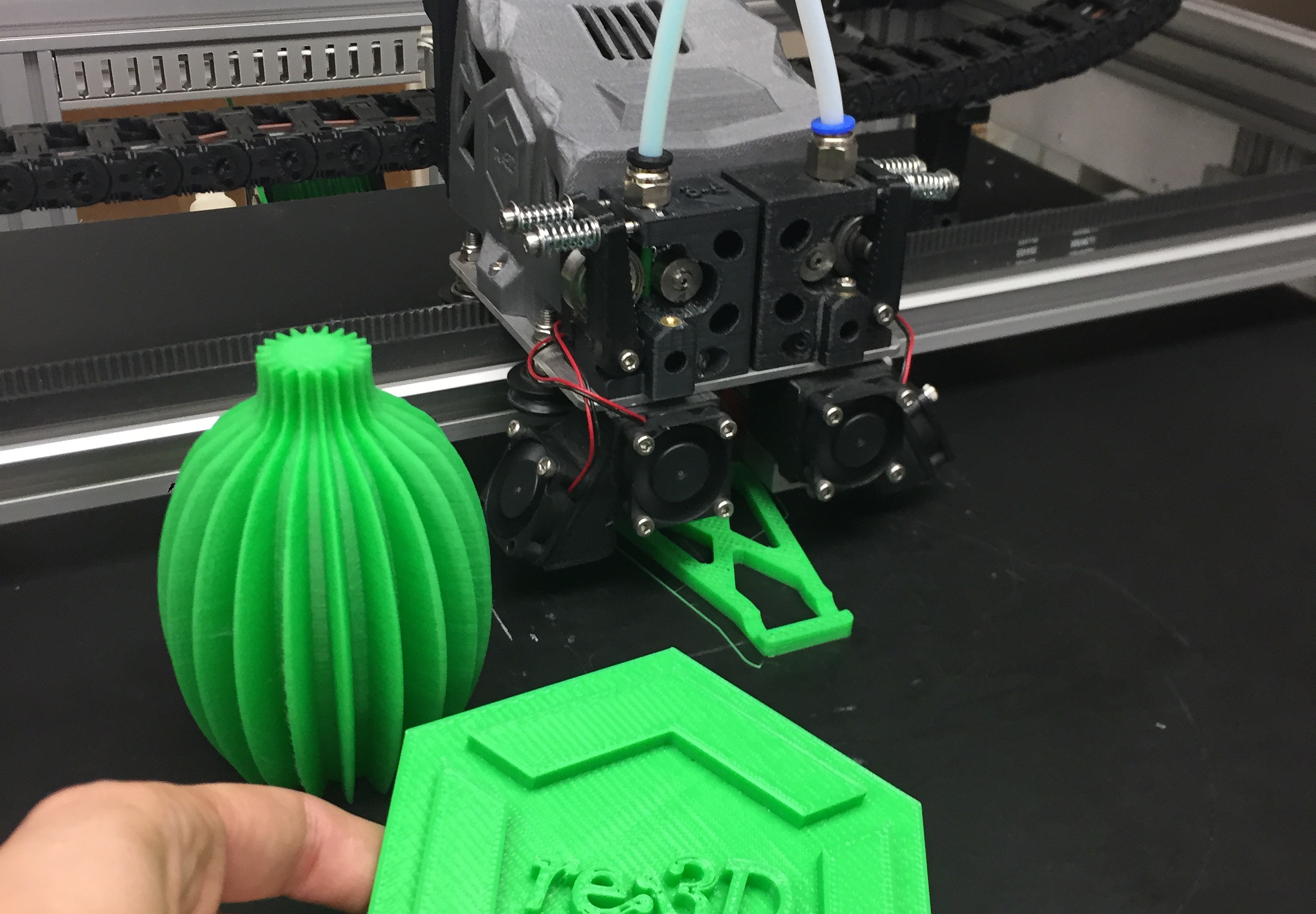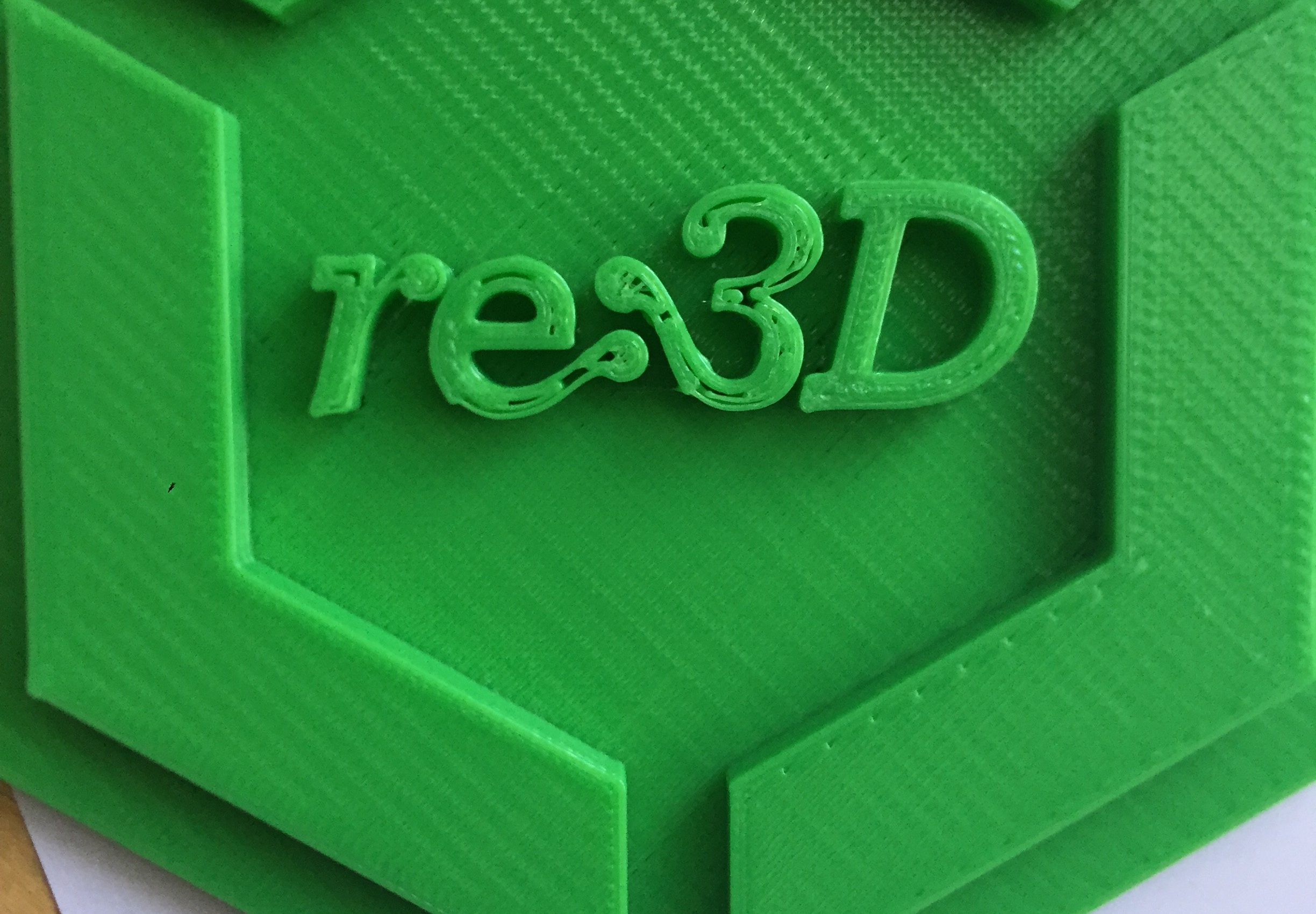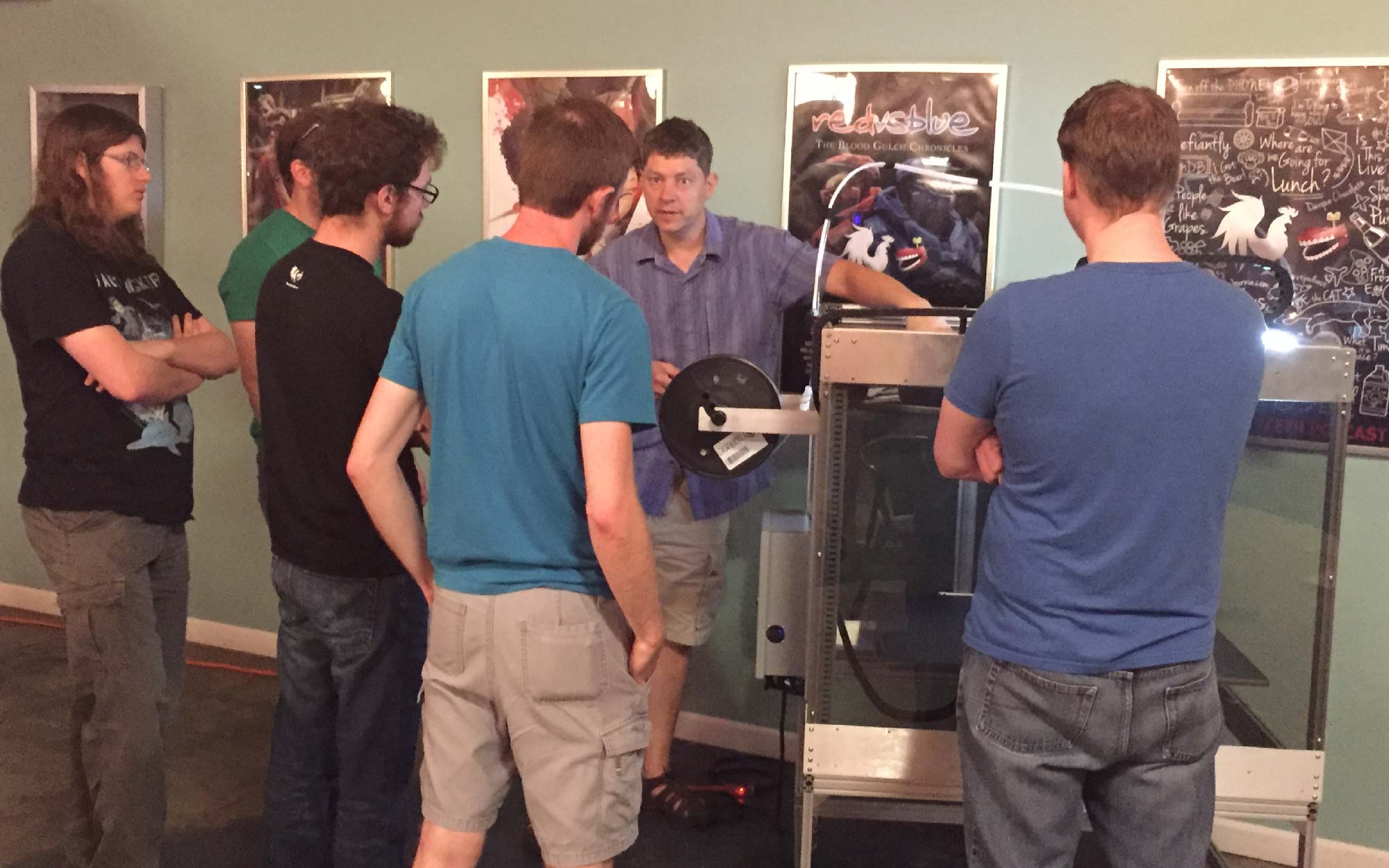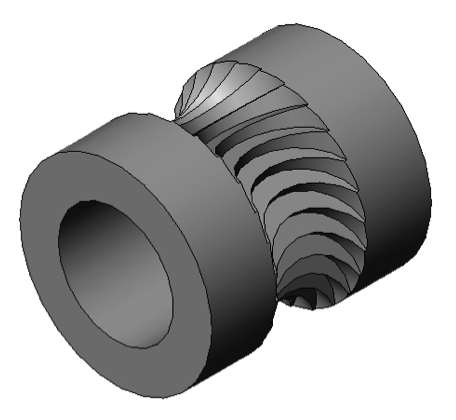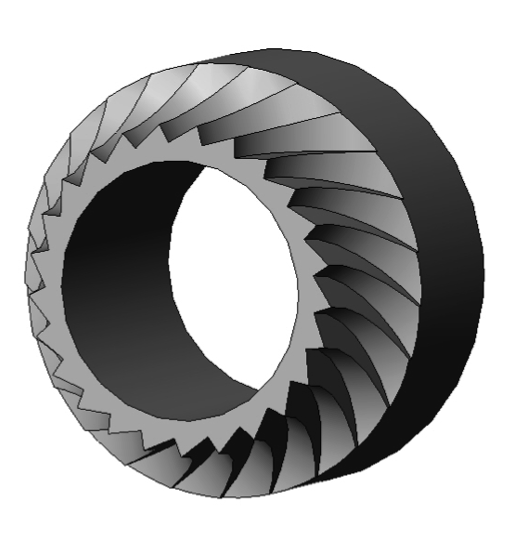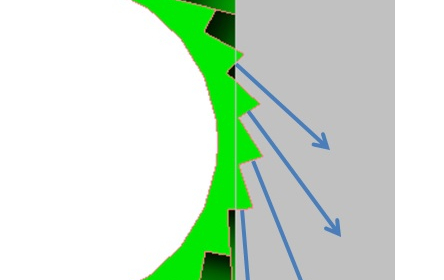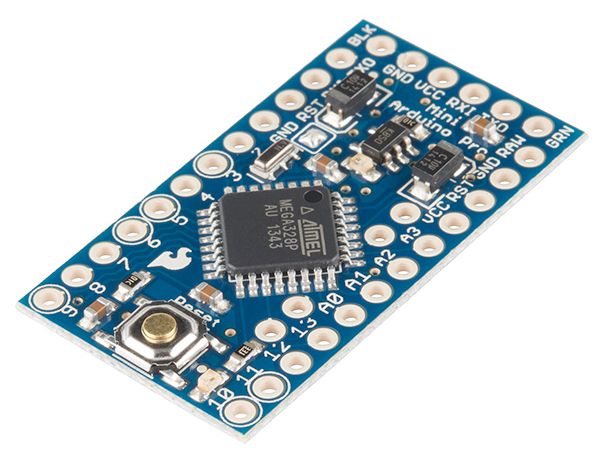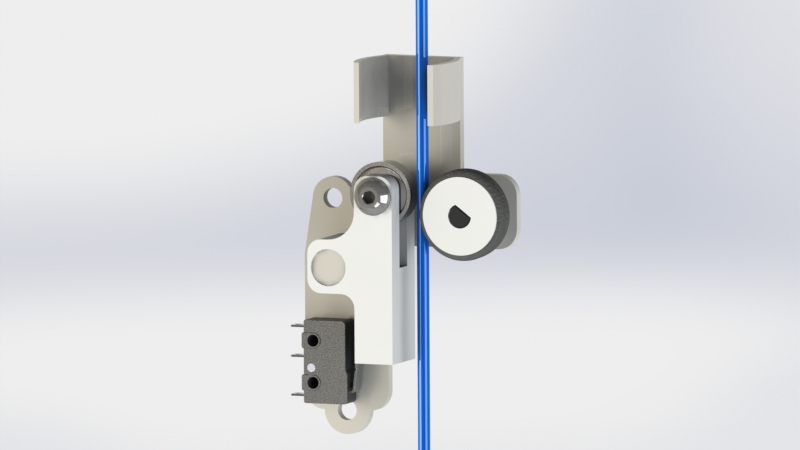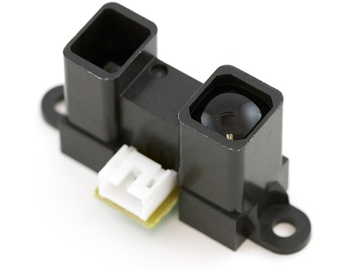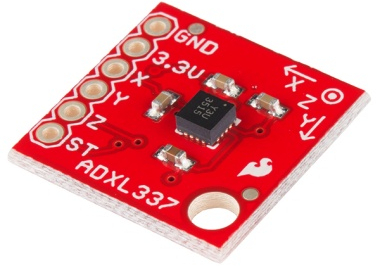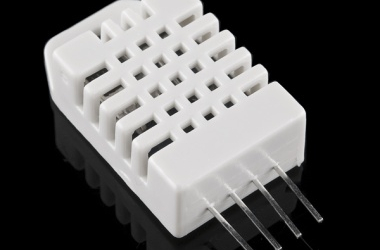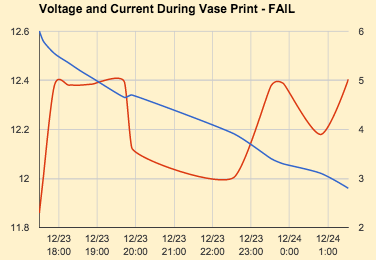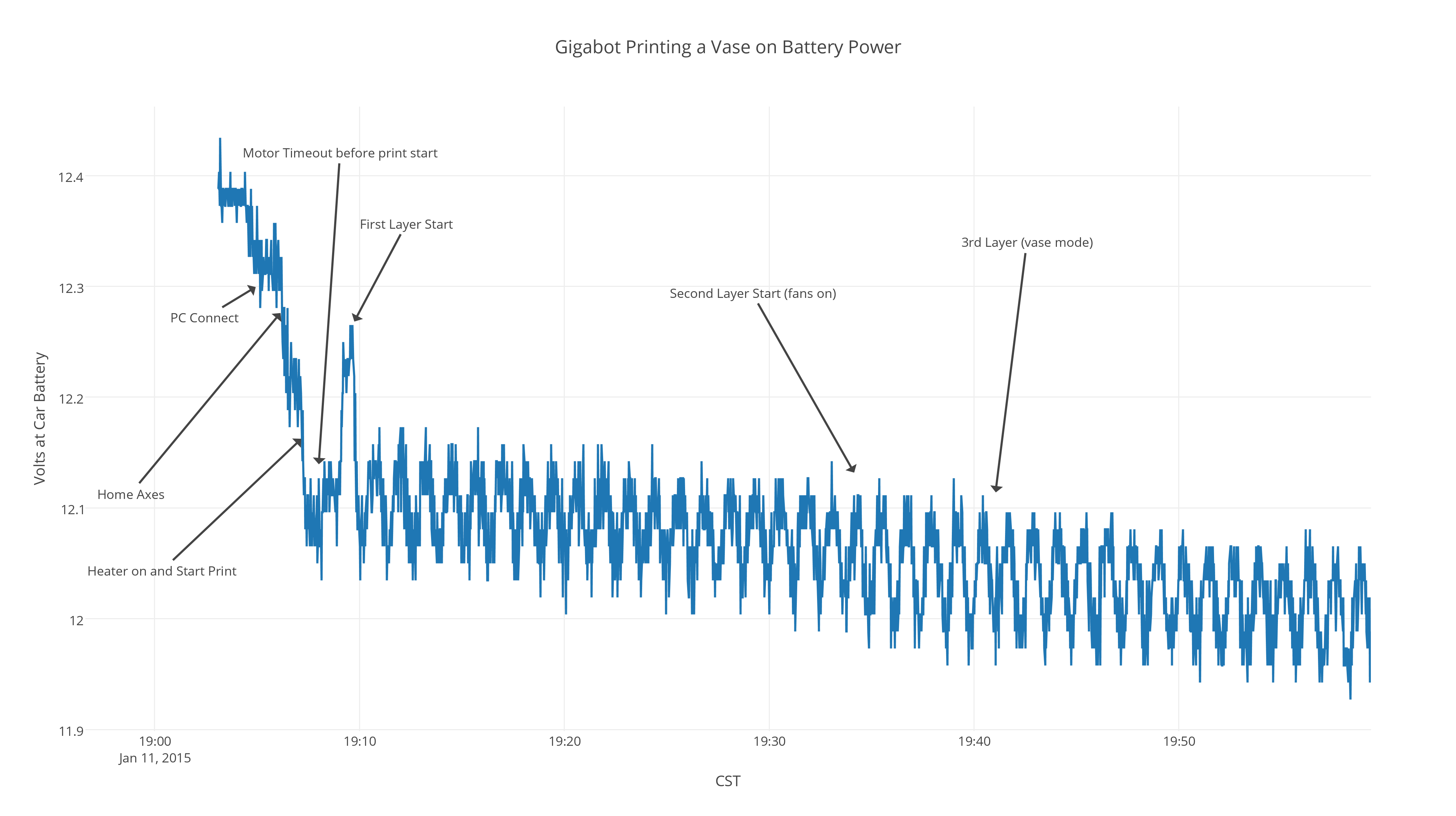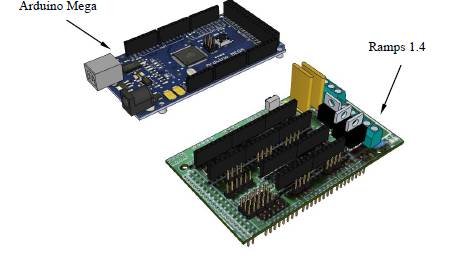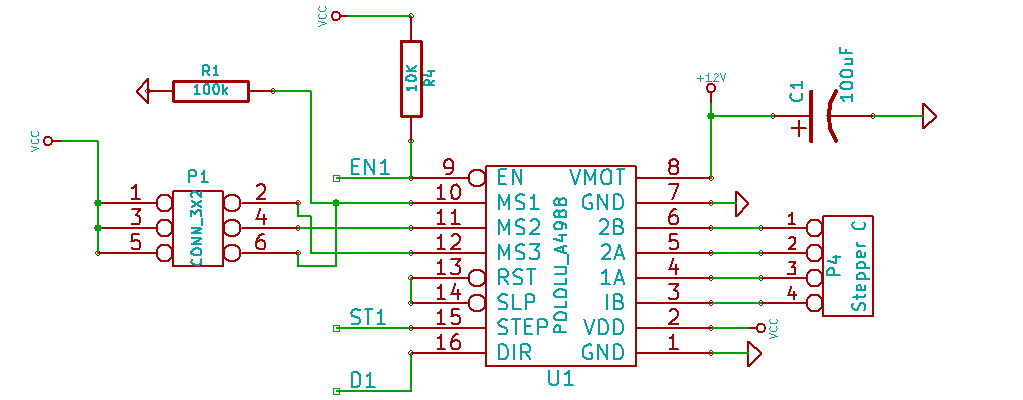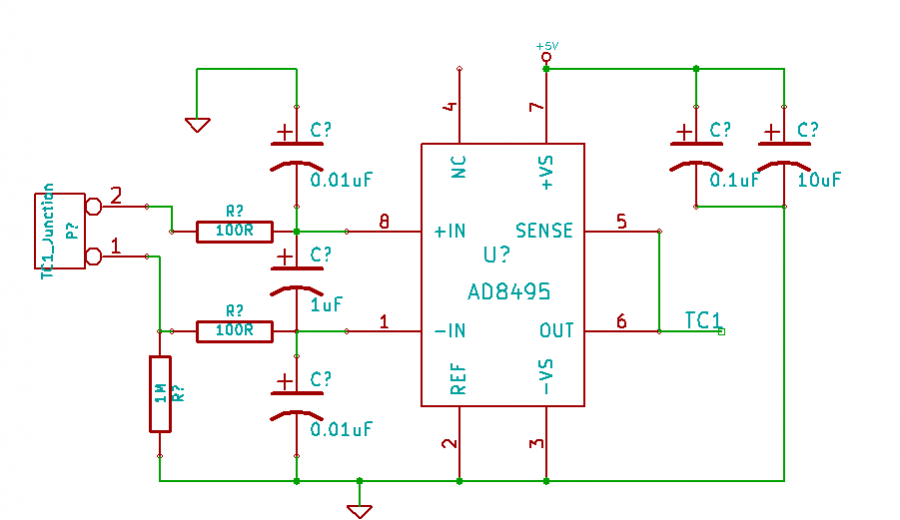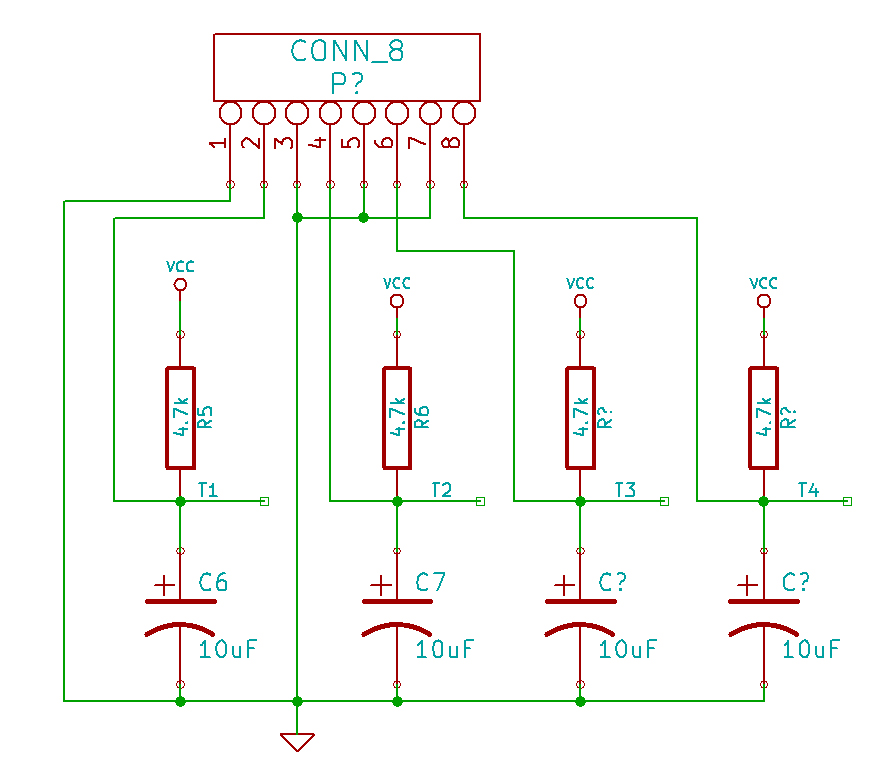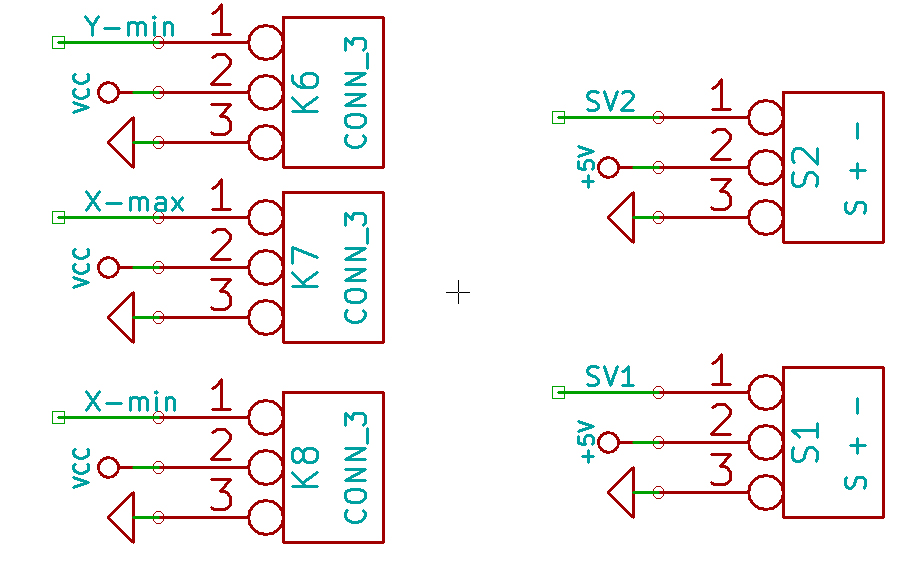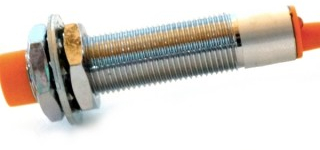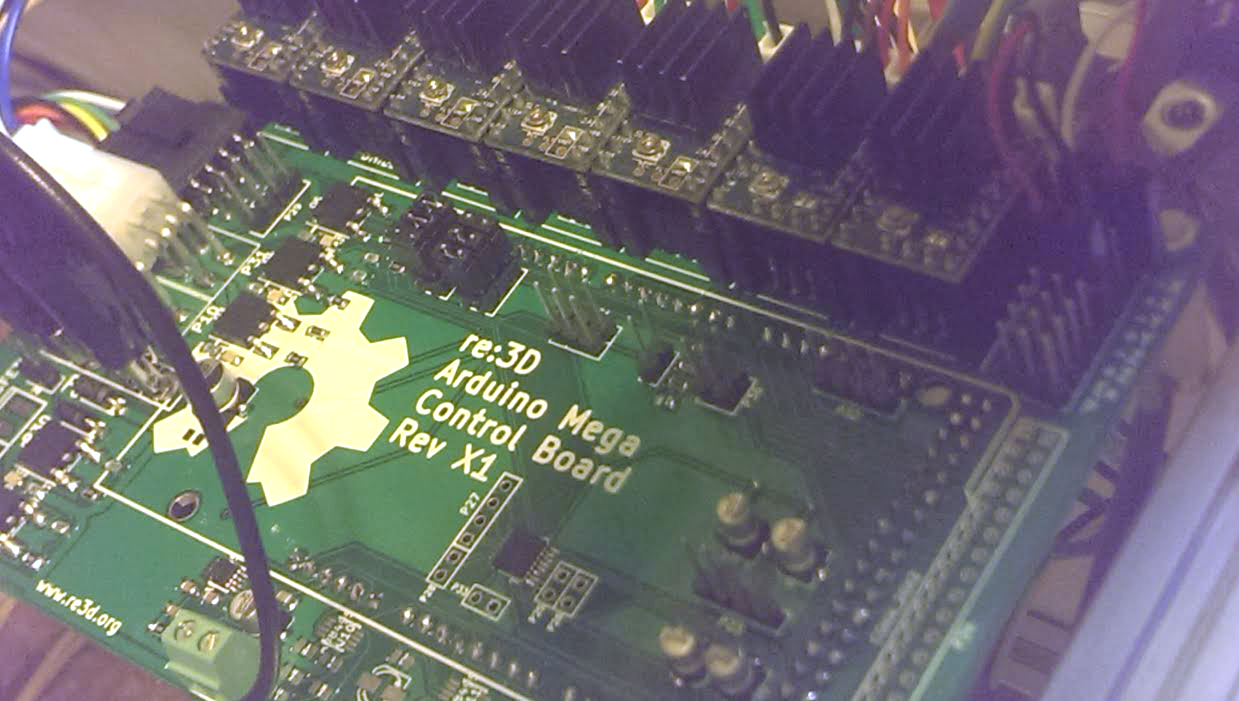SXSW prep is in full swing and we can’t wait to see you!
You can connect with re:3D and Gigabot at the events below:
- SXSW Create
- View some slick 3D prints, check out Gigabot 3+, and say hi to the team March 10-12th
- Own Local News & Schmooze
- Join Gigabot & the team for drinks with our media friends on the evening of March 10th
- re:3D/ Draught House 3D Printing Meetup
- Bring your prints to the Draught House & join the gang to relax & muse about the future of 3D printing on March 13th
- SXSW Official Solo Talk- Toilets & Trash: Will 3D Printers Save the World?
- Join Samantha for a lively discussion on 3D printing & social impact March 14th
- The Spark VIP Lounge at Capital Factory
- Unwind on the 16th Floor of the Omni & watch Gigabot complete a mystery print March 11-13th
Do you have a request for another event Gigabot should visit?
~Email info@re3d.org with your tips!

